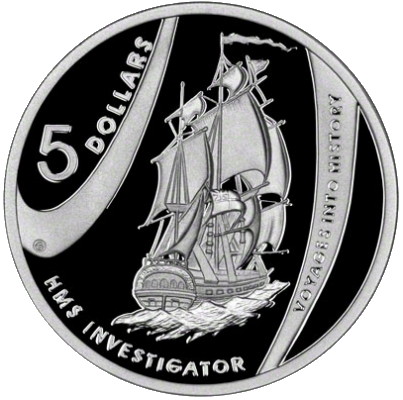Future Planting
On December 21, 1773, Scottish botanist Robert Brown was born. He studied medicine, then botany. He met Sir Joseph Banks, Royal Society president, who offered Brown access to his books and plant specimens. Banks further recommended Brown for the naturalist post aboard HMS Investigator, a survey ship that circumnavigated the new land of Australia. Brown returned from the voyage a little over four years later with almost 4,000 species new to science. His accomplishments took him to successive and successful positions in the British botanical world of the British Museum and Linnean Society of London.

Although he was known for his distinguished work in plant classification, Brown made pioneering observations in cellular biology and particle physics.
Like other scientists of his time, Brown illustrated his own work. During microscopic observation of plant cells, he noticed a similar, opaque structure within each. Sampling several other plants, he realized that in every plant cell he examined he could see the same cellular structure he called the nucleus, “kernel” in Latin. Brown related his observations to the Linnean Society of London. Several years later this nucleus concept was adopted for use in physics.
While investigating pollen suspended in water, he noticed the grains did not remain stationary but moved within the fluid. Was this because they were living organisms? He tried fresh pollen grains, dried pollen grains, ground up grains, organic and inorganic particles. All shared this motion when suspended in the water. Brown recognized that this motion must be a general attribute of all matter within a suspension. Although he could not explain this movement, Brown wisely described it, knowing that science in the future would provide answers. This particle movement came to be known as Brownian motion. It would be several generations after Brown’s death before particle physics could explain the mechanisms of atomic bombardment, thermodynamics, and the kinetic impacts of molecules comprising fluids.
Brown served as President of the Linnean Society of London. He is memorialized in the names of several botanicals, a Tasmanian river, and Mount Brown in British Columbia.
B Bondar / Real World Content Advantage